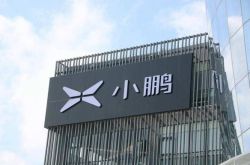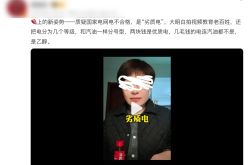BYD Seizes OTA Window Period, Accelerating Towards 'Assisted Driving'
![]() 04/21 2025
04/21 2025
![]() 564
564
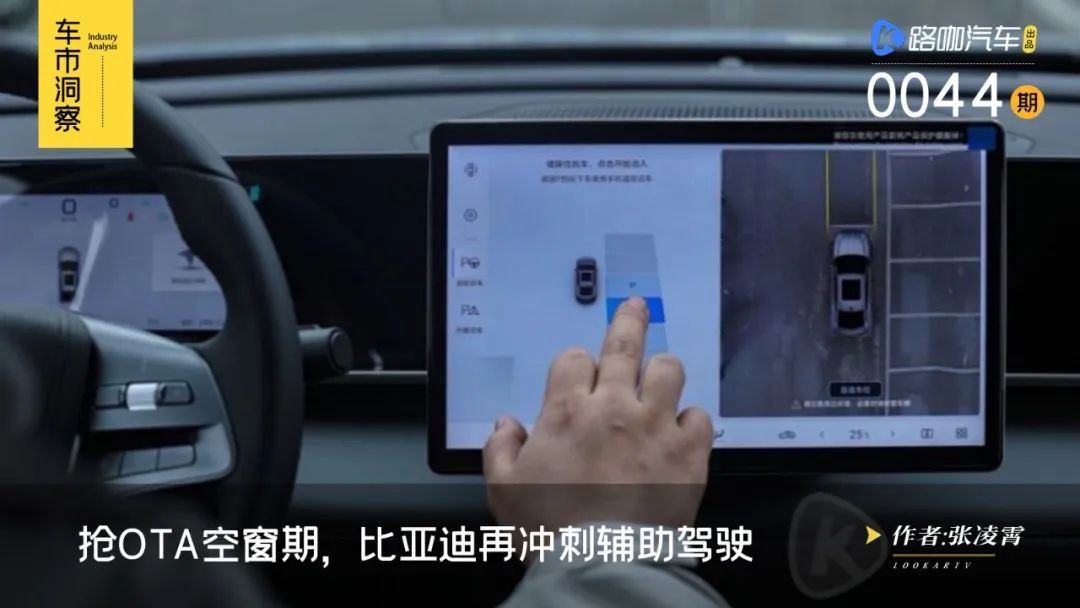
Overnight, the tune has changed for all automakers and suppliers: there is no longer talk of smart driving, only assisted driving.
On April 16, the relevant authority held a work promotion meeting, imposing stricter requirements on automakers regarding smart driving functions, promotion, testing, etc. This was interpreted as a signal of tightened official oversight over smart driving.
The chain reaction triggered by this is far-reaching. Automakers are simply rebranding their technologies as 'assisted driving' following the regulatory shift... A source close to BYD revealed to Lucar Auto that the workload of BYD's smart driving department engineers has doubled recently, with some even working a "14 on, 1 off" schedule. This suggests preparations for upcoming regulations.
In fact, two months ago, the Ministry of Industry and Information Technology and the State Administration for Market Regulation issued the "Notice on Further Strengthening the Management of Access, Recall, and Software Online Upgrades for Intelligent and Connected Vehicles" (hereinafter referred to as the "Notice"). It emphasized the need to strengthen supervision and management of OTA upgrade activities, stating that "OTA upgrade activities involving automotive autonomous driving functions should obtain the corresponding license in accordance with relevant access management provisions."
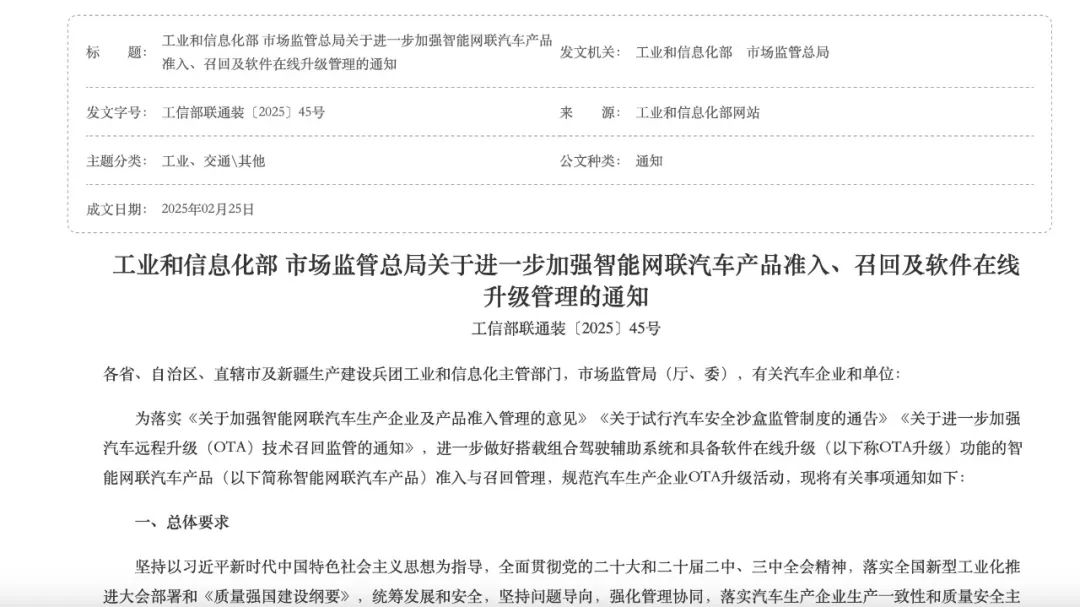
Following the issuance of the Notice, many automakers' smart driving engineers faced a tumultuous transition period. Work left unfinished from previous "sneaky" OTA upgrades now needed to be addressed. According to meeting minutes circulating online, in addition to prohibiting unauthorized OTA, the competent authority will also conduct comprehensive supervision of smart driving.
The chain reaction caused by this is profound, with automakers simply rebranding their technologies as 'assisted driving'...
The era of blind rushing ahead is coming to an end.
According to online meeting minutes, one of the objectives of the Notice is to manage the risks associated with OTA versions, ensuring they are implemented only after thorough verification. This will prevent automakers from frequently using OTA to fix bugs.
As OTA has continually evolved assisted driving functions, significantly enhancing the user experience, it has come to be seen as a measure of automakers' capabilities. He Xiaopeng once stated that OTA for the entire vehicle is essential for smart cars. "If high-level smart driving is to be promoted and implemented globally, it must achieve standard basic hardware, free software, and high-frequency OTA growth."
An owner of the 2024 Xpeng G6 noted that they sometimes receive several software updates of the "Pioneer Version" in a month, all related to urban assisted driving functions. In November last year, Zeekr launched the "Haohan Smart Driving 2.0" with a "public test for 10,000 people," based on an end-to-end large model, and pushed it to users by the end of the year.
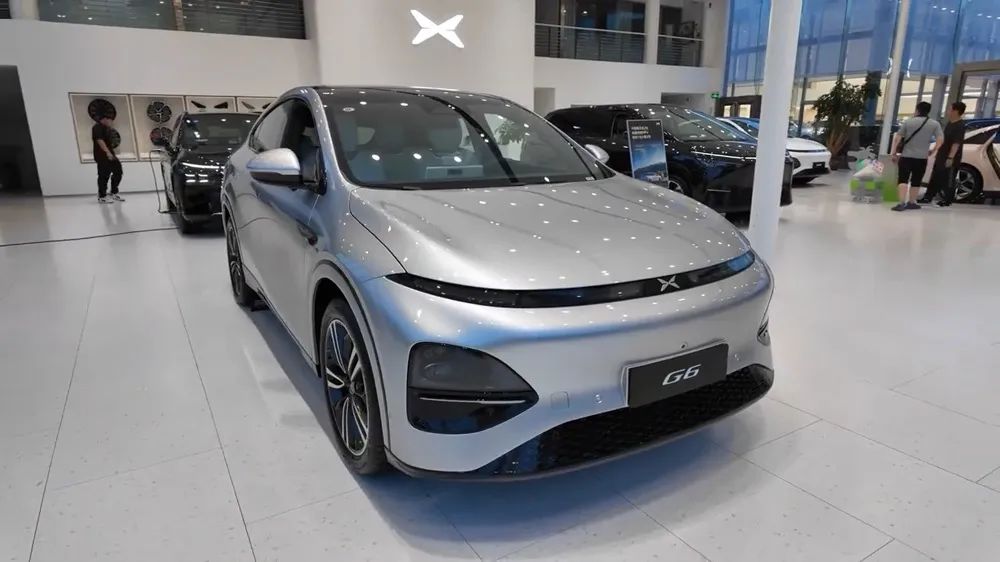
Frequent OTA updates and public tests involving thousands or tens of thousands of people are just snapshots of the frantic pace of smart driving development in recent years. As supervision tightens, these actions will be halted. The competent authority requires automakers to thoroughly verify OTA updates before implementation.
Eric (pseudonym), a software engineer in the field of automotive transmission, told Lucar Auto that traditional components like engines and transmissions undergo strict data review and restrictions. He explained that not only is filing required, but complete verification materials, test reports, etc., must be submitted before upgrades can be carried out. "Before implementation, tens of thousands of kilometers of road testing must be completed, not a single kilometer less."
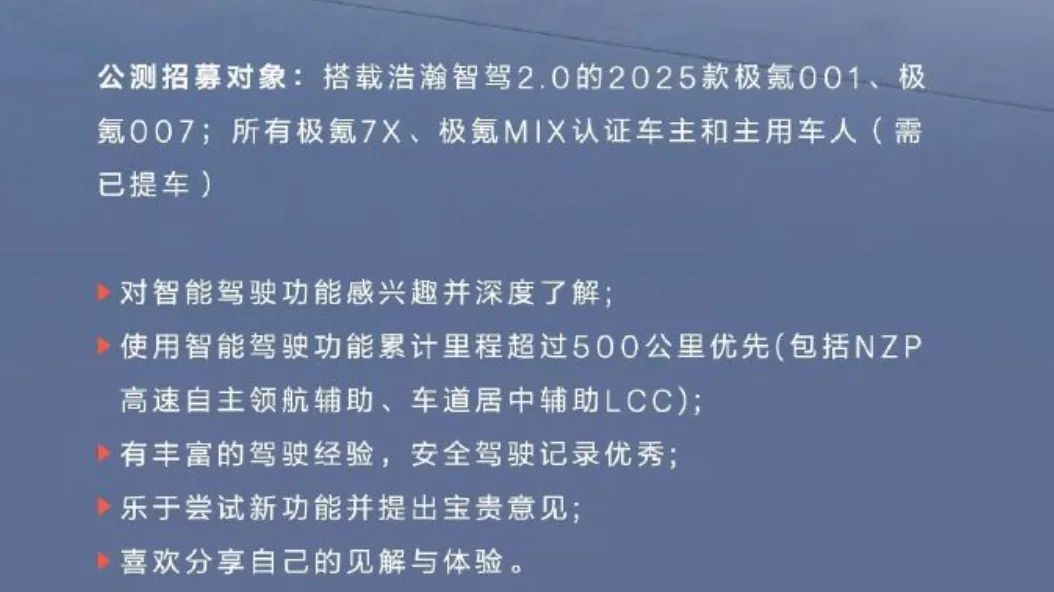
In 2022, the competent authority issued the "Notice on Conducting Filing for Online Upgrades of Automotive Software," stating that if it does not involve safety, environmental protection, or other critical functions, companies can directly conduct OTA upgrades after filing. However, in February of this year, the new Notice stipulated that automakers cannot casually conduct OTA updates, leading to a significant decrease in the frequency of OTA by various companies. Many automakers, such as Xpeng, Ledao, IM Motors, AITO, and Deepal Blue, have announced delays in OTA updates.
Eric believes that with the tightening of supervision, the competent authority's oversight of assisted driving is converging with that of traditional safety-critical components.
During this OTA window period, automaker engineers must not only catch up on unfinished work but also prepare genuine material for the next OTA. Overtime has become the norm in the smart driving departments of automakers, not just at BYD.
Who are the winners and losers?
For automakers, the primary impact is that once OTA is regulated and public testing by users is strictly restricted, they need to provide solid testing and verification data. Undoubtedly, this will entail considerable costs.
Apart from testing the company's "financial power," when the frequency of OTA is limited, and automakers have fewer opportunities for iteration and error correction, it becomes a test of each company's fundamental strength in assisted driving.
Currently, domestic automakers are divided into two factions based on technical routes: self-research and supplier-dependent, with the latter being the majority. Wu Yongqiao, President of Bosch Intelligent Driving Control Systems China, once stated that if an automaker chooses to self-research assisted driving, it will take at least three years to close the data loop and connect the tool chain. The investment in funds and manpower is also substantial. Therefore, in recent years, most automakers have opted to collaborate with external suppliers to develop assisted driving-related functions.
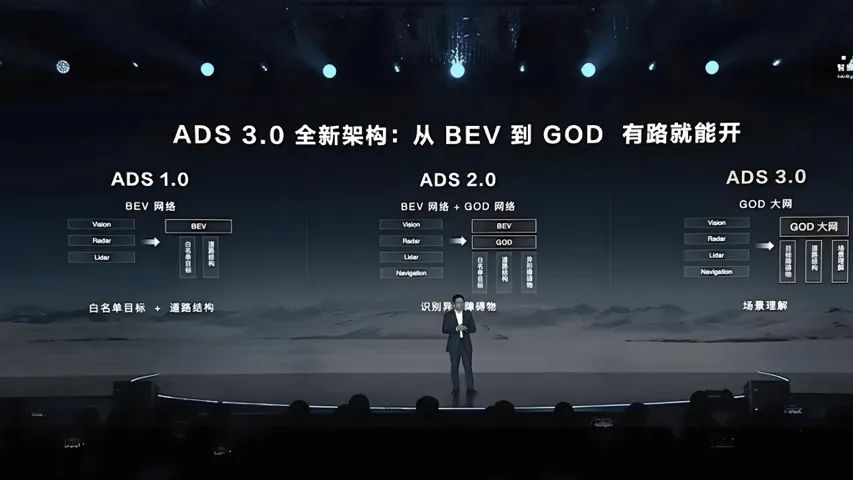
Now that smart driving supervision is tightening, equivalent to raising the bar of the exam, the gap between "top performers" and "laggards" will become more pronounced. "It benefits top players like Momenta and Huawei because they have more data than automakers," commented Li Ming (pseudonym), an industry practitioner, who believes that this will exacerbate the Matthew Effect in the industry.
In fact, before the tightening of smart driving supervision, almost every company dared to claim they were in the first tier. There are even new cars priced around RMB 100,000 that claim to have "end-to-end" implementation with chip computing power of less than 100 TOPS. Some automakers have announced the use of a dual Orin-X chip solution (508 TOPS computing power) for a global large model. "Without 1,000 TOPS of end-side computing power deployment, it is almost impossible to support a global large model," Li Ming commented. Especially with future supervision tightening and the necessity of safety redundancy, automakers' reliance on hardware will only increase.
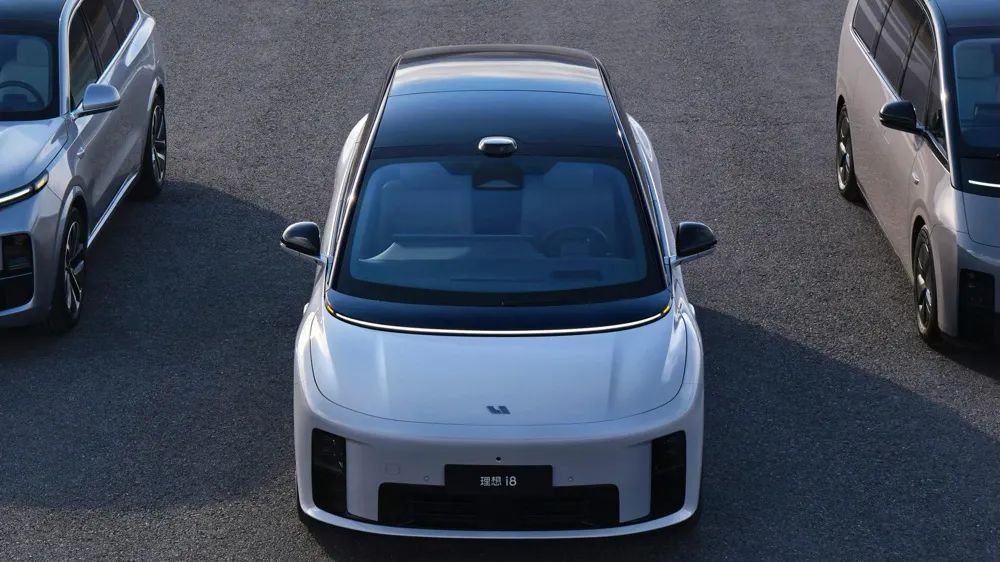
After a recent smart driving accident, the safety ceiling of the pure vision solution has been questioned. A leading new force's upcoming new car has removed the low-configuration version of the pure vision solution and adopted LiDAR as standard across the entire lineup. Zeekr CEO An Conghui directly stated at the launch of the Zeekr 007GT that the new car comes standard with LiDAR across the entire lineup, emphasizing, "whether it's a close call or a lifelong regret, LiDAR perceives these critical 100 meters in advance."
In fact, many new cars launched this year, ranging from RMB 100,000 to RMB 300,000 and beyond, come standard with LiDAR. For example, the NIO B10 priced at RMB 119,800 and the recently pre-sold 2025 IM Motors L6. Li Auto has announced that all its models will come standard with LiDAR this year. In summary, after reassessing their true capabilities, more and more automakers are choosing not to follow Tesla's pure vision solution.
It is evident that the market is becoming more rational, with the strong growing stronger and the weak weaker. Before the new regulations are implemented, companies and suppliers in the assisted driving field that have yet to form a scale advantage will face even greater challenges ahead.



